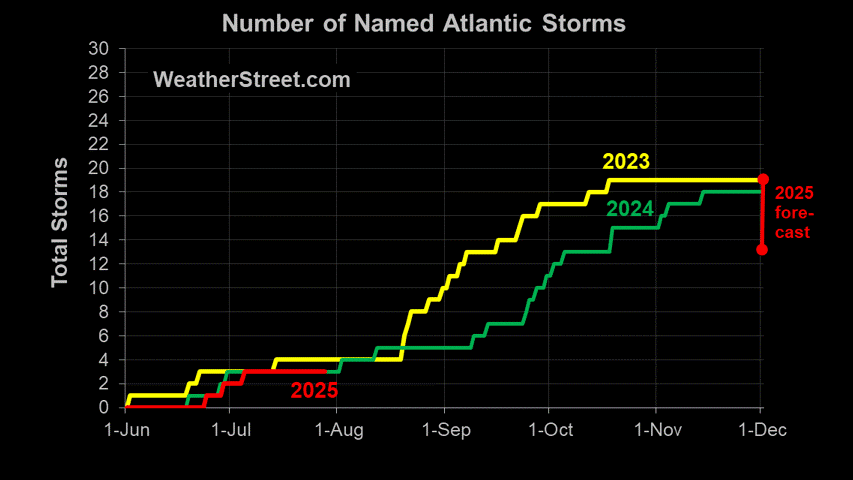The expected snow did come to North Georgia yesterday afternoon and evening. It was nothing more than a light dusting. Yankees would be laughing at the little bit of white stuff we were getting excited about. But, as is typical in the south, the temperature warmed slightly - just enough to turn the snow flurries to drizzle.
As I got home from work last night, everything was wet. Then the temperature plummetted hitting a low of 15 - 17 degrees F.
This morning we awoke to news of icy roads which caused school closings and warnings to stay off the road. Road crews were putting salts and sand on the Interstates to melt the ice but at 20 F the ice simply refreezes. As a result, DOT had to focus on the Interstates and secondary highways had to wait. Many bridges and were iced over and patches of black ice were on several roads.
Since the high for the day stayed below freezing, the ice remained a problem all day and the few spots where ice did melt, simply caused water to flow from the soulder to the main lanes and freeze up.
Ice Remains On Roads, Interstates (CBSAtlanta)
ATLANTA -- Georgia DOT said Friday afternoon that crews are reporting that patches of black ice have formed on some interstates.
According to a statement released Friday afternoon, the agency said that crews have speculated that ice that had formed on the interstate shoulders overnight melted during the day’s slightly higher temperatures, and spilled onto some outside lanes. The statement did not specify which interstates were affected.
GDOT officials said they will continue to monitor the interstates and treat entrance and exit ramps and secondary routes with de-icing mixture.
"If people don't have to be out there driving, we would encourage them not to be," said Georgia Emergency Management Agency spokesman Buzz Weiss, urging drivers who must travel to be equipped with road maps, charged cell phones and booster cables.
In some areas the ice was so difficult to see that cars slid and spun out on the roadways. At one point, two police officers jumped from a bridge to avoid being hit by a skidding vehicle.
Cars Spin Out And Crash Across Metro Atlanta (11 Alive)
ATLANTA -- 11Alive Photojournalist David Brooks spent Friday morning along Willeo Road in Roswell, where several cars slid down the roadway, spinning around and into other cars and trees along the road.
No one was reported injured there.
In Cobb County, along Barrett Parkway near Villa Rica Road, a Cobb County Sheriff's Deputy spun out on the bridge over Ward Creek. Off duty Cobb County police officer L.R. Turman was driving by in his pickup and stopped to help the deputy.
While the two were tending to the Deputy's patrol car, the driver of another car slid out of control and headed toward them.
Fearing for their lives, both officers jumped over the bridge railing and fell 20 feet to the embankment near the creek below.
The temperatures for the past 5 days have been in the teens overnight and near freezing during the day. Yesterday was the warmest day of the past 4 and of the next 4 with a high in the upper 30's according to
WSB meteorologist Kirk Mellish. Now we learn that there is a potential for more snow late next week.
Atlanta ice: In storm's wake, more snow on tap (Atlanta Journal Constitution)
Paralyzed by biting cold before turning into a collective ice rink, the city could heat up just in time to face another uncommon and uncomfortable bout of winter weather.
"We have another big system coming late next week," said Trisha Palmer, a meteorologist for the National Weather Service in Peachtree City. "It could take an area of low pressure right through Atlanta. It could be rain for us and a snowstorm for the lower Ohio Valley. It could have snow for us."
--snip--
This current Atlanta cold snap is the longest since 1982, when the weeklong Snowjam became legend and a catchword among the region's climatic events, dumping snow everywhere, turning interstate highways into parking lots and creating a general state of panic.
The common denominator for the latest storm and its 28-year predecessor is El Nino, an abnormal warming of equatorial waters in the Pacific Ocean every decade or so that drives below-average temperatures and higher rainfall throughout the South. Yet that doesn't neatly explain everything.
As for Atlanta's long-running fridgidness, meteorologist Stu Ostro of the Weather Channel said an exceptionally strong ridge of high pressure over Greenland is the culprit, locking in cold air over much of the U.S. Atlanta actually has dealt with colder elements than this, dropping to 8 below zero in 1985, but it hasn't experienced such a lingering deep freeze, at least in modern times.
"What's particularly extreme in the Southeast is not so much the temperatures but rather the duration," Ostro said in an e-mail. "The cold has been relentless."











